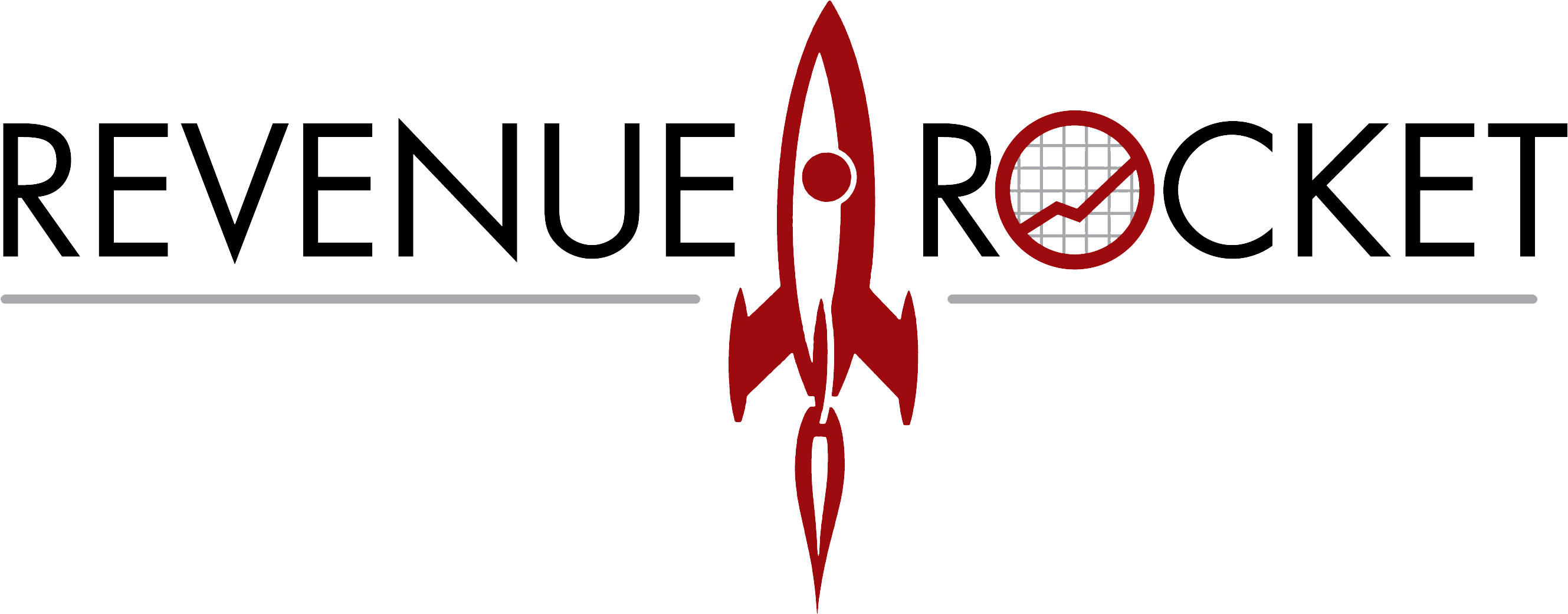17 Aug How big of an IT services company can I afford to buy?
Anyone reading the temperature on the M&A thermometer will see that IT M&A is hot, with mid- to long-term forecasts remaining so, if not heating up even more.
The reasons for this are manifold, but among them are:
- The IT industry is well along the path of consolidation. The marketplace is too fragmented, the price competition too intense and the cost of sales is getting much too high to sustain as many players as there are presently. Success is growth. There’s ample empirical evidence that confirms that companies with an acquisitive strategy will grow on average 50 percent faster than those without.
- Companies that will grow in the future will be those that have a well-defined offering set with a fair degree of specialization. These growth-oriented companies are now acquiring competencies that provide greater depth to their area of focus. They’re doing so because they know that’s what corporate customers want and that’s where the money is.
So, the questions being asked by acquisitive, interested executives are: “How big of a company can I afford to buy? How much should I pay? How should I finance it?”
The obvious if trite answer to these questions is that it depends. It depends on the type of company — services, ISVs, VARs and so on — size, balance sheet, appetite for risk, project versus annuity revenue, client concentration of revenue and more. However, because I want you to walk away with something meatier than “it depends,” let me offer up some general observations.
First, as a rule-of-thumb, most IT services firms can buy companies about one-half their size and assimilate them comfortably. We’ve managed bigger deals where companies were buying firms of equal or even greater size, but these are more the exception to the rule. In some cases, more risk-tolerant executives will take on a larger acquisition if the selling company has solid retained earnings and a sufficient base of annuity income.
Second, when you look at the trend of valuations across all industries, about 80 percent of the time the deals that are struck range in the area of 5-6 times trailing year earnings before interest, tax and amortization (EBITA). Within IT we’ll need to broaden that range to accommodate the varying types of firms. Staffing companies generally sell for 2-4 times trailing year EBITA; VARS generally command a selling price of 3-5 times trailing year EBITA; services firms will be the most expensive at 5-8 times earnings. The high side of this range for services companies should be reserved for those firms that are well-aligned with your strategy and derive at least 50 percent of revenues from project-based business.
Third, the most common form of financing is the 50/50/3 model, in which 50 percent is cash on signing and 50 percent is earn-out over three years. In most cases companies finance the first 50 percent with cash-on-hand or with some form of debt financing. In some instances we’ve seen all-cash-upfront deals. The caveat in these circumstances is that they generally come with, on average, a 20 percent discount applied to the deal. On the other end of the scale are all-earn-out deals, and truth be told, we raise red flags on these types of deals, preferring that the parties “date before getting married.”
If you have an ambitious growth imperative, then you ought to be thinking M&A. This discussion is merely a starting point, but it should give you some idea of what’s involved.


